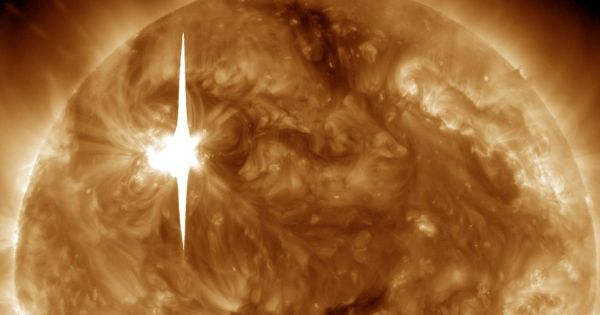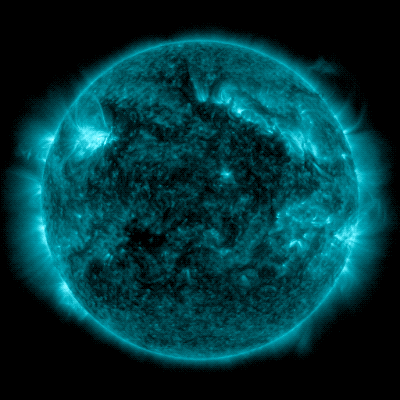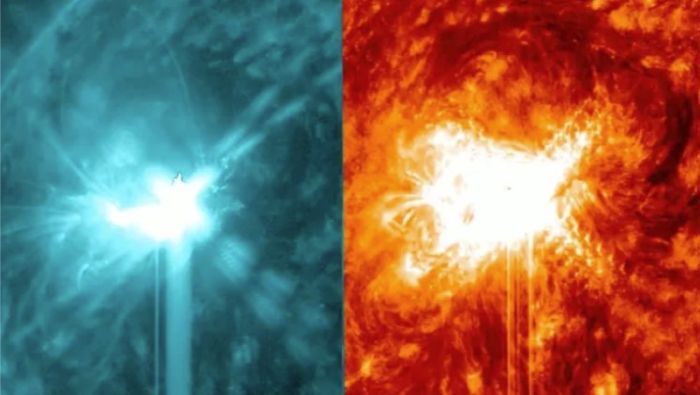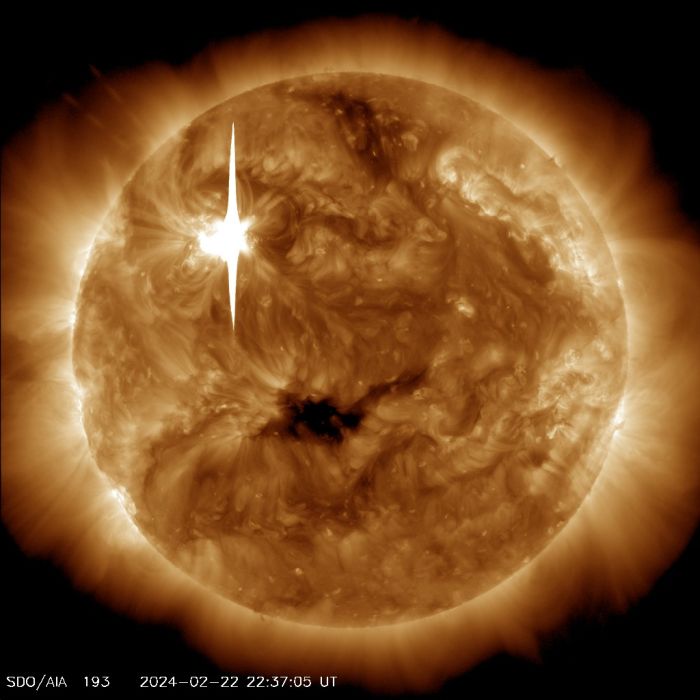
NASA captures dramatic images of two solar flares that erupted on February 21 & 22

The Sun emitted two strong solar flares, the first one peaking at 6:07 p.m. EST on February 21, 2024, and the second peaking at 1:32 a.m. EST on February 22, 2024. NASA’s Solar Dynamics Observatory, which watches the Sun constantly, captured an image of the event.
Solar flares are powerful bursts of energy. Flares and solar eruptions can impact radio communications, electric power grids, navigation signals, and pose risks to spacecraft and astronauts. The first flare was classified as an X1.8 flare. The second flare was classified as an X1.7 flare. X-class denotes the most intense flares, while the number provides more information about its strength.

Hours following the eruption of those two solar flares, cellular service across the United States was severely disrupted. T-Mobile, Verizon, and AT&T all reported various levels of problems with their services as well as total outages. Once news hit about the solar flares that erupted earlier that morning, many attributed the cellular disruption to have been caused by the solar flares; but experts say that was not the case.
Dr. Ryan French, a solar astrophysicist at the National Solar Observatory, explained it like this: “… flares only cause radio degradation on the dayside of the Earth. As you can see below, the U.S was not affected by the event. So it’s just a coincidence!”
“While solar flares can affect communication systems, radar, and the Global Positioning System, based on the intensity of the eruption and associated phenomena, it is highly unlikely that these flares contributed to the widely reported cellular network outages,” NOAA’s space weather prediction center wrote in a statement, shared by Live Science.

Video:
–
(Source: Abbey Interrante / NASA)
Posted by Richard Webster, Ace News Today
Follow Richard on Facebook, Twitter & Instagram






